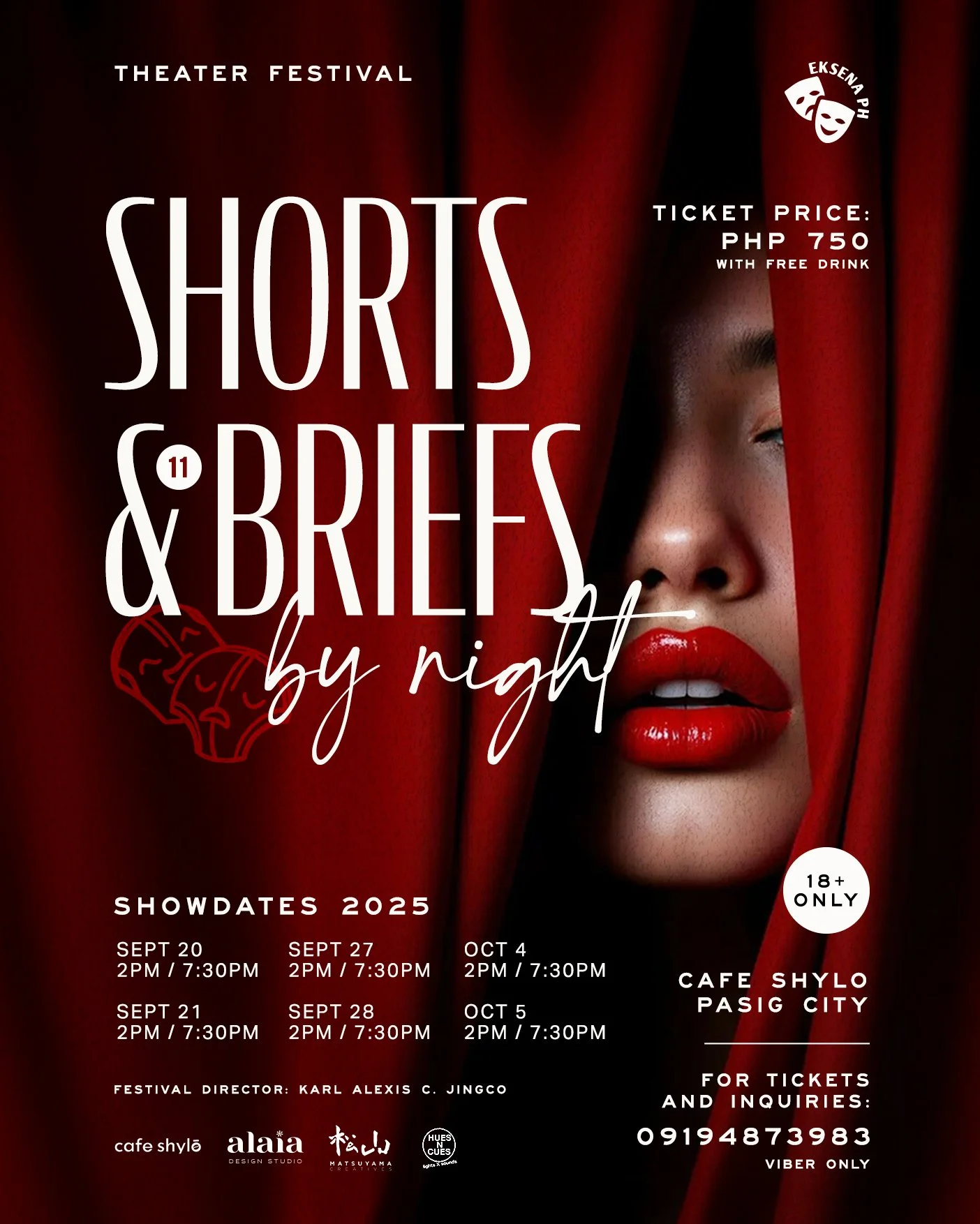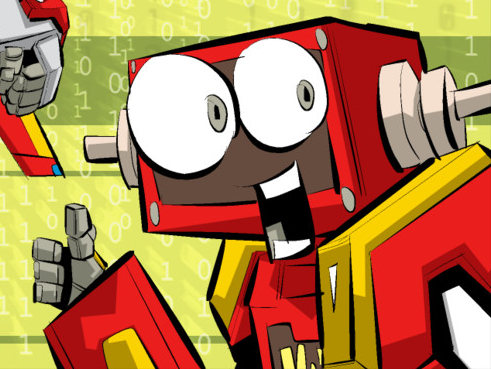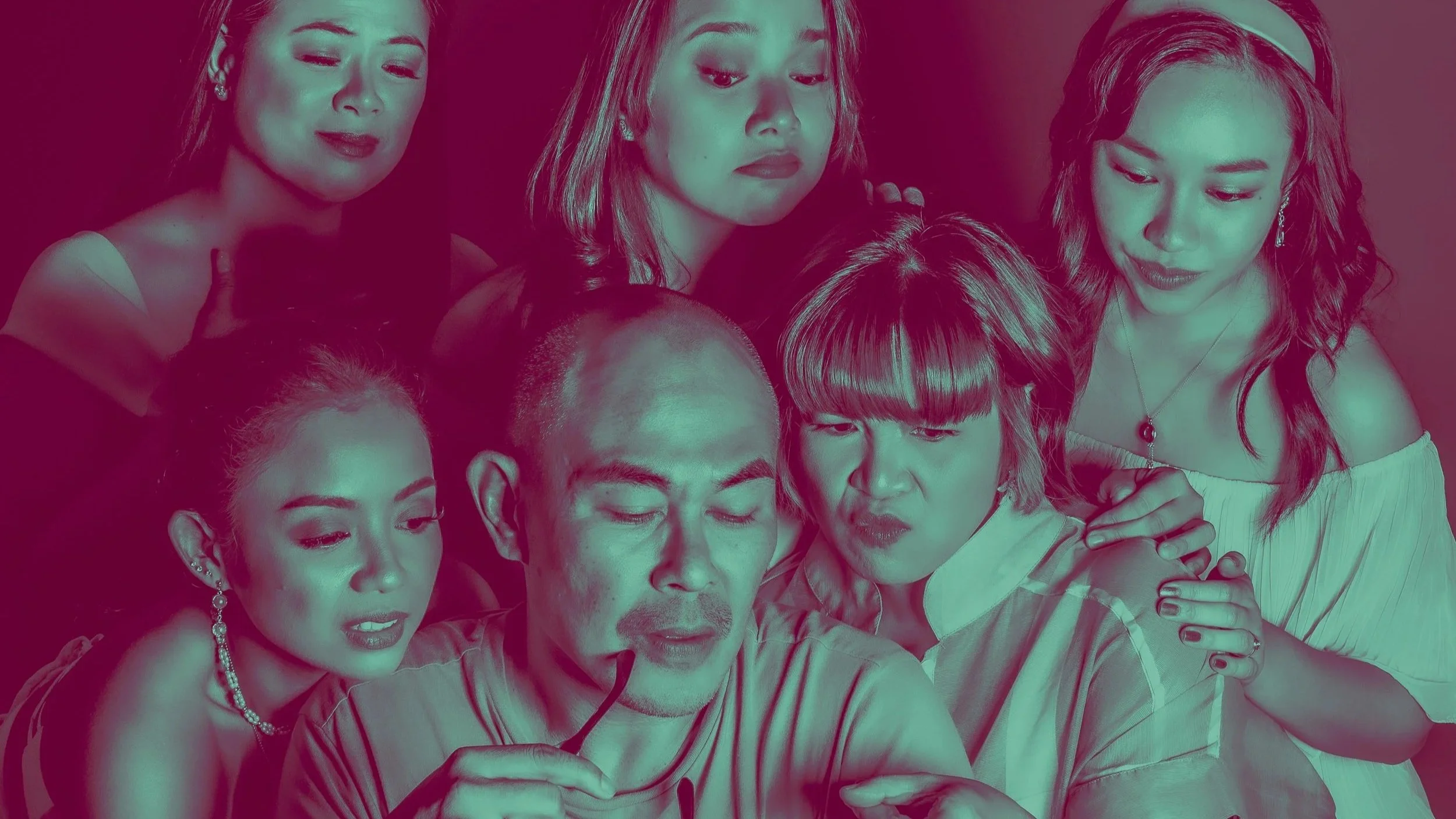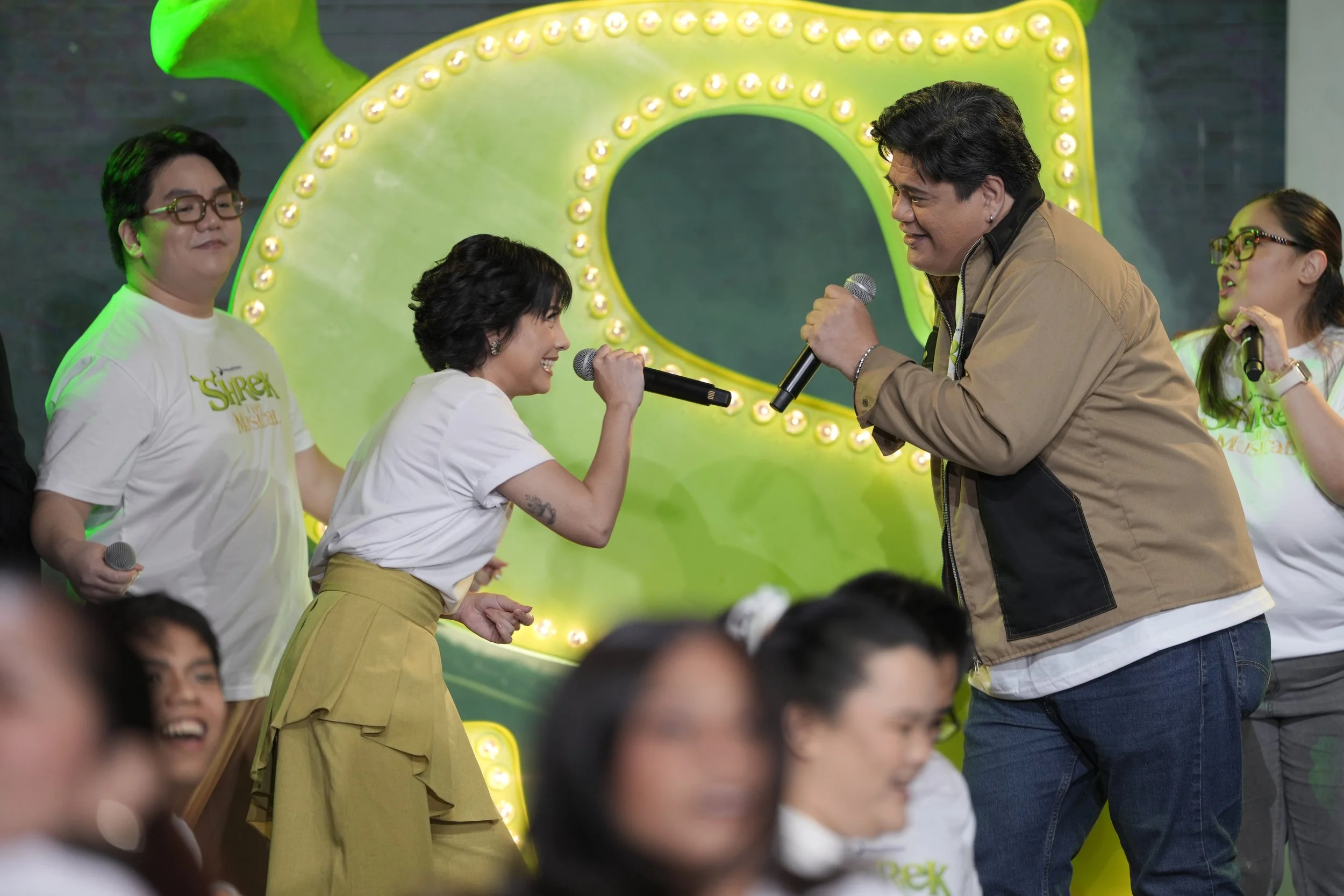Chappell Roan’s ‘The Subway’ Is a Definitive Statement of Lesbian Grief and Moving On
Chappell Roan’s ‘The Subway’ Is a Definitive Statement of Lesbian Grief and Moving On
We’ve all done it: replaying the night over and over in our heads, revisiting every micro-expression, every misstep, every moment we wish had gone differently. And somehow, our thoughts drift to trains. Maybe it’s the way a station platform feels like a liminal space, somewhere between holding on and letting go. Maybe it’s the doors that open and close without warning, like opportunities lost. Or maybe it’s just that moving on is never quite as romantic as we hoped.
In Chappell Roan’s The Subway, the metaphor of transit as emotional limbo becomes heartbreakingly literal: she sees her ex on the train, and now every ride becomes a haunting. The music video leans into this queasy, inescapable feeling of return — grief that cycles, love that lingers — transforming New York’s subways into a queer, lesbian-coded space of grief and longing, cycling through vivid symbols and choreography to stage the ache of love that won’t let go.
Throughout The Subway, Roan doesn’t just wear heartbreak on her sleeve; she wears it as a full-body drag of hair, long and exaggerated, almost grotesquely so. It spills from her head like vines of nostalgia, trailing behind her, refusing to be untangled. Hair, in break-up lore, is often the first thing to go: the symbolic shedding of a self tethered to another. But here Roan reverses that logic. She holds onto it. She drowns in it.
Chappell Roan lies submerged in a sea of tangled red hair | Still from Chappell Roan - The Subway (Official Music Video)
In the single art, she’s suspended by her own red locks, a soft allusion to feminine martyrdom. In the music video, the hair is transformed into fashion; not a crown, but a cage. She wears garments made of hair, becomes buried under it, as if memory itself has grown out of control, untrimmed and unending. The lyric, “It’s not over ‘til it’s over / it’s never over,” plays over these scenes, tying her emotional resistance to the imagery. Campy, yes, but with a purpose. In queer visual language, exaggeration is truth-telling. And Roan understands that sometimes grief isn’t a clean cut; it’s a mess of strands you keep stepping over in the dark.
An ode to girls, and every woman.
Shot with the hazy texture of a 2000s rom-com — all grainy pinks, washed-out yellows, and glossy spreads of New York City — The Subway draws visual inspiration from the early aughts chick flick canon. Think Confessions of a Shopaholic, 13 Going on 30, The Devil Wears Prada. But this isn’t just nostalgic flair; it’s a deliberate visual choice. By staging queer heartbreak inside a genre historically built for heteronormative fairy tales, Roan flips the script. And she does so with a wink.
Amid the blur of New York strangers, Chappell Roan spots her ex on the street | Still from Chappell Roan - The Subway (Official Music Video)
Here, reference becomes reclamation. The hyper-feminine aesthetic of the early-2000s is queered, exaggerated, and transformed. Instead of tiptoeing through this world, Roan commands it, pushing her aesthetic into camp, decadence, and draggy maximalism. Her proclamation of the dawn of “femininomenon” is now far from subtle. It’s loud. It’s stylized. And it’s deeply intentional. This is the female gaze glamorously used not just as a perspective, but as spectacle.
Take, for example, the sapphic dance party that erupts mid-train. A subway car is transformed into a pulsing celebration of WLW joy. Diverse women — masc, femme, fluid — dance, move, and exist fully in their bodies, all held tenderly in the camera’s tender gaze. Free from objectification, steeped in sapphic communion, Roan’s lesbian gaze isn’t about performance or possession; it’s about attention. A way of seeing — really seeing — the ones you could love. And in doing so, honoring them.
A sapphic dance party unfolds in a speeding subway car | Still from Chappell Roan - The Subway (Official Music Video)
This is what makes Roan more than a queer pop star, she’s a lesbian icon. She doesn’t just gesture at WLW experience; she builds entire worlds from it. The dance scene is sensual, chaotic, euphoric, and achingly intimate: the peak of her “femininomenon.” A cinematic love letter to women who love women, not despite their contradictions, but because of them.
In New York, no memory ever leaves you alone.
It’s easy to romanticize New York — and pop culture certainly has. But The Subway is more honest. Every corner of this city is beautiful, yes, but Roan shows us how beauty can bruise. She wanders the balcony of a too-bright apartment, lounges in the Washington Square fountain like a queer Ophelia, limps through the streets as her red hair is caught in a cab door and dragged across concrete. Even the skyline aches.
The geography of the city — its parks, subways, stairwells — becomes a map of grief. No route is safe. The train car, the stoop, the sidewalk: each becomes a site where memory crashes into the present, and where personal loss collides with the relentless rhythm of the city. New York City won’t let you forget, because it moves — with or without you. And in the cruelest irony, it moves in loops.
Chappell Roan, hair freshly cut, dances through a flurry of paper scraps | Still from Chappell Roan - The Subway (Official Music Video)
In the final scene, Roan is no longer buried under hair. She appears with short, windswept strands, as if freshly cut, freshly wounded. She dances in a cyclone of fluttering paper scraps, caught in a storm she can’t escape from yet. The visual metaphor is devastatingly clear: she wants to move on. She’s made the symbolic break. But grief isn’t linear. Letting go doesn’t arrive on schedule. And change, when it comes, can feel violent.
She shouts: “She’s got a way / she got away.” It’s the line the whole video bends toward; a perfect twist of poetic pain. She’s got a way: she never really stopped loving her, always silently searching for a way back. She got away: she lost her; her ex has moved on and will forever be the one that got away. Roan sings through this contradiction, as the tornado spins.
***
The Subway isn’t just another break-up ballad with queer aesthetics. It’s a sapphic masterpiece disguised as a pop video: one that uses the language of motifs, queer and campy, to stage a heartbreak that’s tender, theatrical, and unmistakably lesbian. It’s a story of memory you can’t shake, of desire you can’t kill, of a love that won’t quite let go. And in telling it, Chappell Roan doesn’t just affirm her place as a singular voice in pop — she crowns herself, definitively, as an artist of the queer sublime.





















